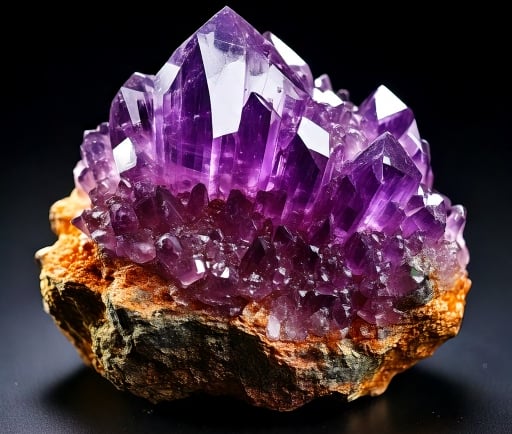Collecting Apatite: The Versatile Phosphate Mineral


Introduction to Apatite
Apatite is a fascinating phosphate mineral that plays a crucial role in both geology and the mineral collecting community. Its significance lies not only in its chemical composition but also in its aesthetic qualities. With a hardness of 5 on the Mohs scale, apatite is relatively soft compared to other gemstones, which limits its use in jewelry but enhances its collectibility. This blog post delves into the characteristics, colors, and properties of apatite.
Characteristics of Apatite
Apatite is primarily composed of calcium phosphate and exhibits diverse forms and appearances. Typically, it is transparent to translucent, which adds to its visual appeal. Despite its broad range of colors—ranging from colorless, yellow, violet, pink, to brown—the most commonly found hues are green and blue. These colors are attributed to trace minerals and their respective environments during formation. The presence of elements such as iron, manganese, or copper can influence the rich color variations, making apatite a striking mineral for collectors.
The Uses and Limitations of Apatite
While apatite is not widely used in the jewelry industry due to its softer nature, it holds importance in various fields. For instance, apatite is a vital component in addressing nutritional needs as it serves as a source of phosphorus, which is essential for both plants and animals. Additionally, the mineral's unique coloration makes it popular among collectors and enthusiasts who appreciate its natural beauty.
In conclusion, apatite is a compelling mineral that encapsulates various shades and forms, making it a prized possession for both collectors and those interested in natural sciences. Though its softness limits its applicability in jewelry, its aesthetic appeal and functionality as a nutrient provider render it noteworthy. Recognizing the duality of apatite's charm and its practical uses enables a deeper appreciation of this remarkable mineral.
